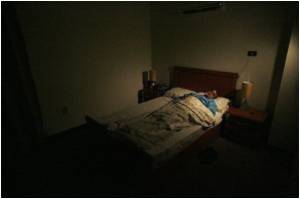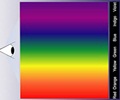A new study says that sleep corrects the drift in color perception that occurs during wakefulness.

Overnight sleep restored perception to achromatic equilibrium so that gray was perceived as gray.
According to the authors, scientists had not previously investigated how sleep might affect the way we view the world around us.
"This is among the first studies to investigate the effects of sleep on perception," said principal investigator and lead author Bhavin Sheth, assistant professor of electrical and computer engineering at the University of Houston in Texas.
"Our findings suggest that wakefulness causes color classification to drift away from neutrality, and sleep restores color classification to neutral," Sheth added.
The study involved five people who viewed a full-field, homogenous stimulus of either slightly reddish or greenish hue. The observers had to judge whether the stimulus was greener or redder than their internal perception of neutral gray.
Advertisement
Further testing found that overnight, full-field monocular stimulation with a flickering red 'ganzfeld' failed to nullify the resetting, sleep-induced effect. An achromatic stimulus was still less likely to be classified as greenish following sleep, with no statistical difference in the magnitude of the resetting in each eye.
Advertisement
The study was presented in San Antonio, Texas, at SLEEP 2010, the 24th annual meeting of the Associated Professional Sleep Societies LLC.
Source-ANI















